
Actionable Steps for Fire Safety
The devastating wildfire in Los Angeles earlier this year highlighted the urgent need for fire preparedness and safety.
While nature plays a role in such incidents, many fire-related tragedies throughout the year are caused by human negligence. That’s why it’s crucial to take proactive steps to protect our homes and loved ones.
No doubt, even with precautions, fires can strike unexpectedly, so some proactive measures can dramatically reduce the risks and improve outcomes. This guide provides actionable steps to make your home fire-safe and help you stay prepared for any fire-related emergency.
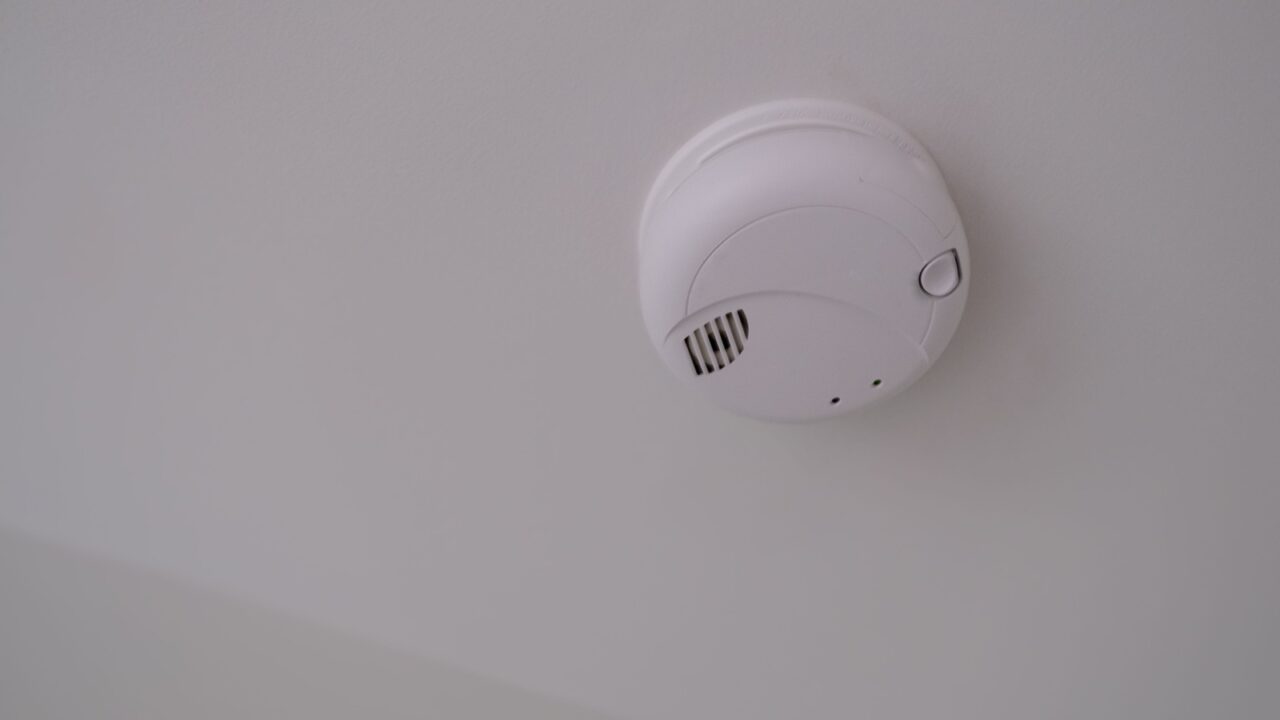
Install and Maintain Smoke Alarms
Start with basic things such as installing smoke alarms that are vital for early fire detection. Install alarms in different parts of the home. And don’t just leave them, test them monthly by pressing the test button to ensure they’re functioning properly.
Replace batteries at least twice a year or whenever the low-battery alert sounds. Upgrade to interconnected alarms so that if one detects smoke, all alarms in the house will sound.
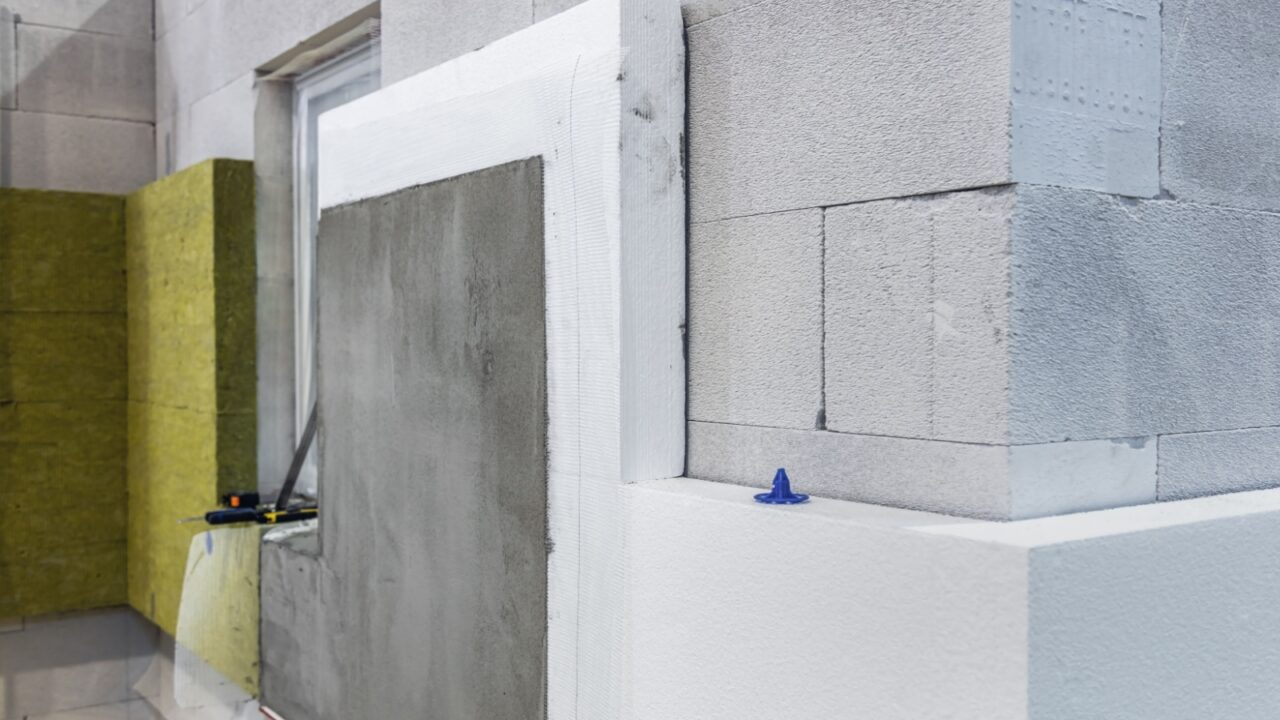
Fire-Resistant Building Materials
The best thing you can do to make your home fire-safe is to build your home with fire-resistant materials that can add an extra layer of protection to your home.
Opt for Class A-rated roofing materials such as metal, slate, or tile, which resist flames and slow their spread. Non-combustible siding options like brick, stone, or fiber cement offer superior protection compared to untreated wood.
If your home already has combustible materials, consider applying fire retardant treatments to reduce their flammability. These treatments can be re-applied over time to maintain their effectiveness.
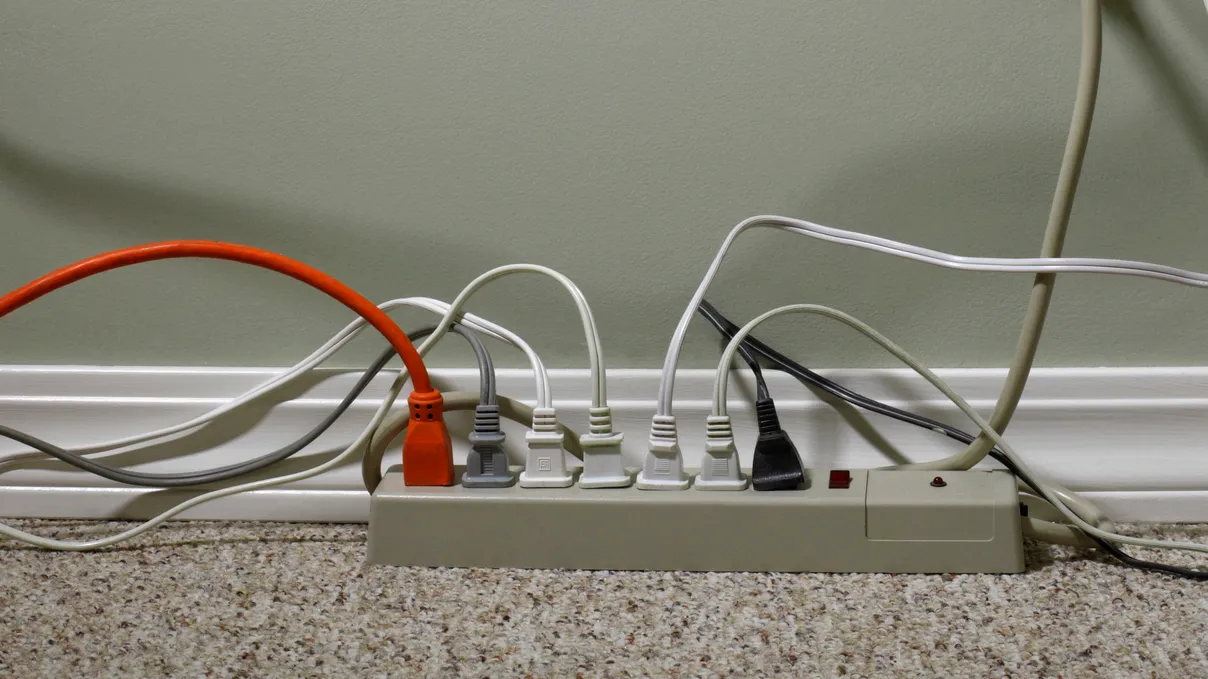
Maintain Electrical Safety
Electrical issues are one of the common causes of house fires. Inspect cords and outlets for fraying, cracks, or other signs of wear. Avoid overloading circuits, and unplug appliances when they’re not in use.
Further, use surge protectors to prevent power surges from damaging your devices. Have a licensed electrician inspect your home’s wiring every few years, especially in older homes, to address outdated systems or potential hazards.
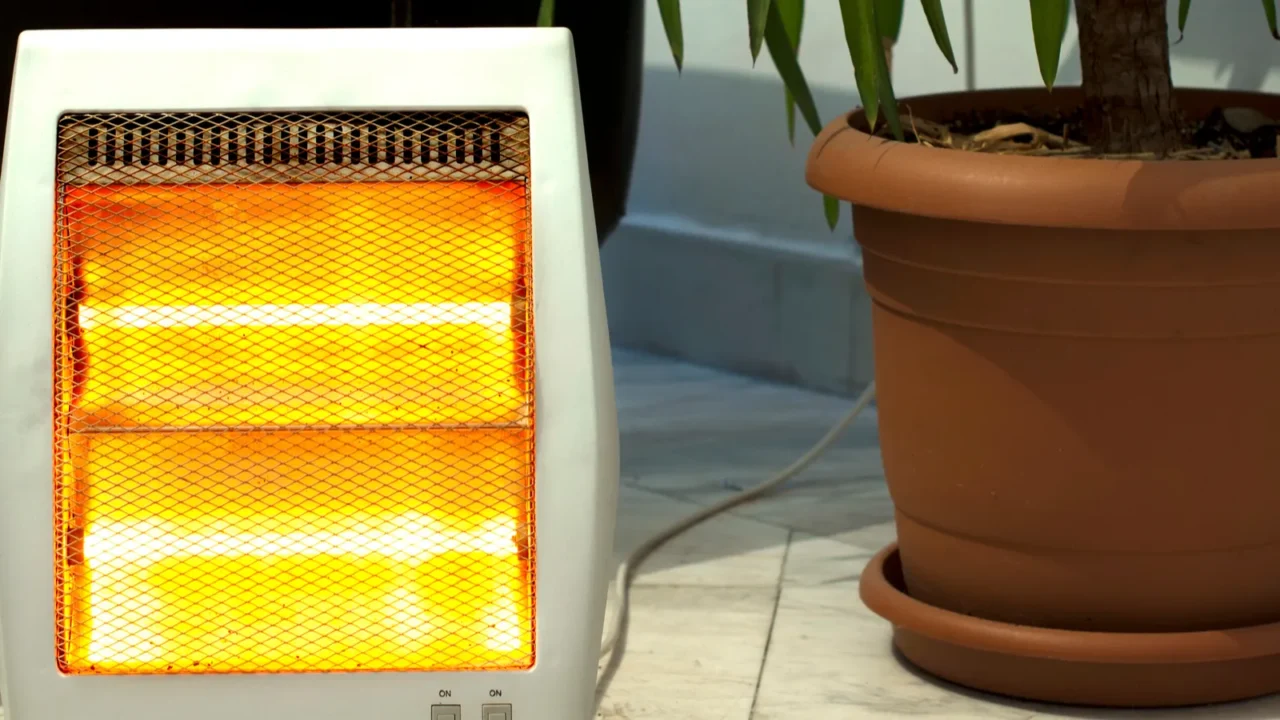
Regularly Inspect Heating Equipment
Heating equipment, from furnaces to portable heaters, also needs regular maintenance to operate safely. Schedule annual inspections for your furnace, fireplace, and chimney to identify and address potential hazards.
Keep flammable objects, such as curtains and furniture, at least three feet away from heaters. Never leave portable heaters unattended, and also make sure to turn them off before leaving the room or going to bed. About safety around your fireplaces, use screens or doors to prevent embers from escaping it.

Practice Safe Cooking Habits
Cooking is a leading cause of house fires. For instance, cooking alone was responsible for approximately 158,400 out of over 374,300 residential fires reported in 2022. Therefore, everyone should follow simple precautions to minimize risks.
- Stay in the kitchen while cooking, especially when frying or grilling, as unattended food can quickly ignite.
- Keep flammable items, like dish towels and curtains, away from stovetops.
- Use a timer to avoid forgetting food on the stove or in the oven.
- Have a lid or baking sheet handy to smother grease fires and never attempt to extinguish them with water.
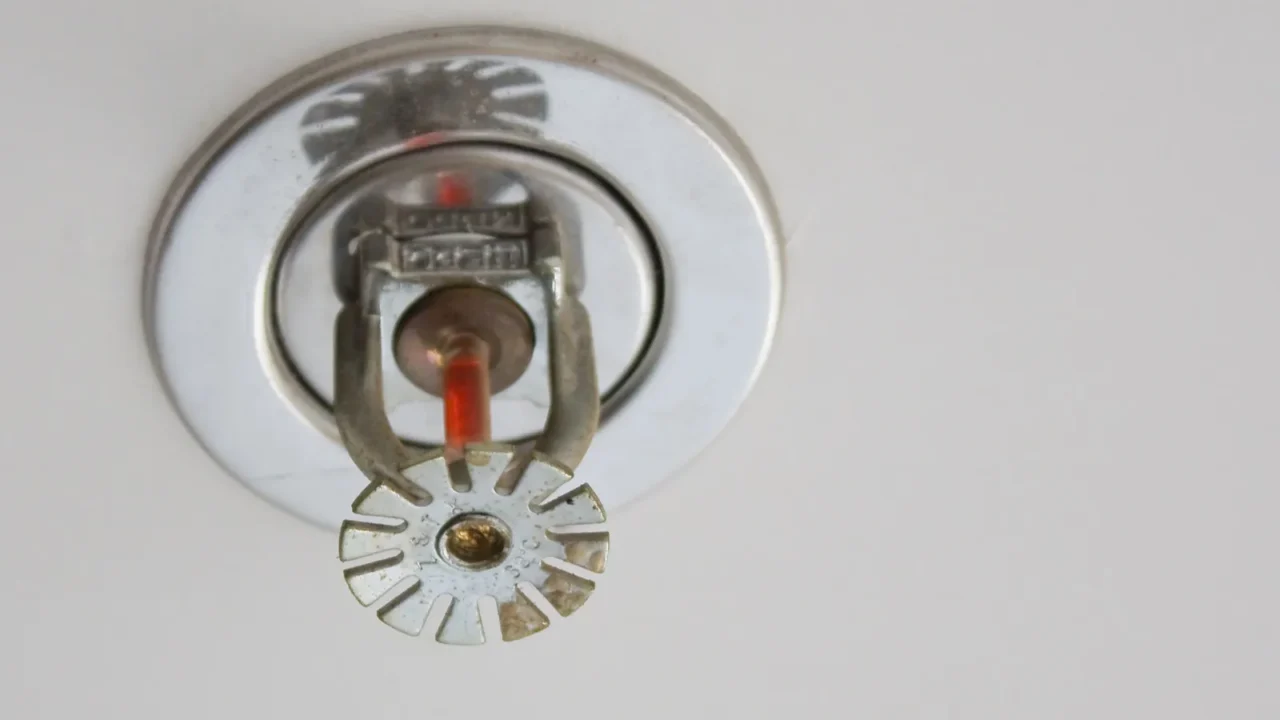
Install Fire Sprinklers
Home fire sprinkler systems are an important investment for fire safety. These systems can extinguish fires in their early stages and prevent them from spreading which ultimately reduces the damage.
While the initial installation cost can be high, sprinklers often lower home insurance premiums and provide unparalleled protection.

Store Flammable Liquids Safely
Flammable liquids, like gasoline and paint, are another hazard in your home that you should store very carefully. It can pose significant fire hazards with little negligence.
Keep them in their original containers and place them in a well-ventilated area, away from heat sources like furnaces or water heaters. Use approved safety containers for extra protection.
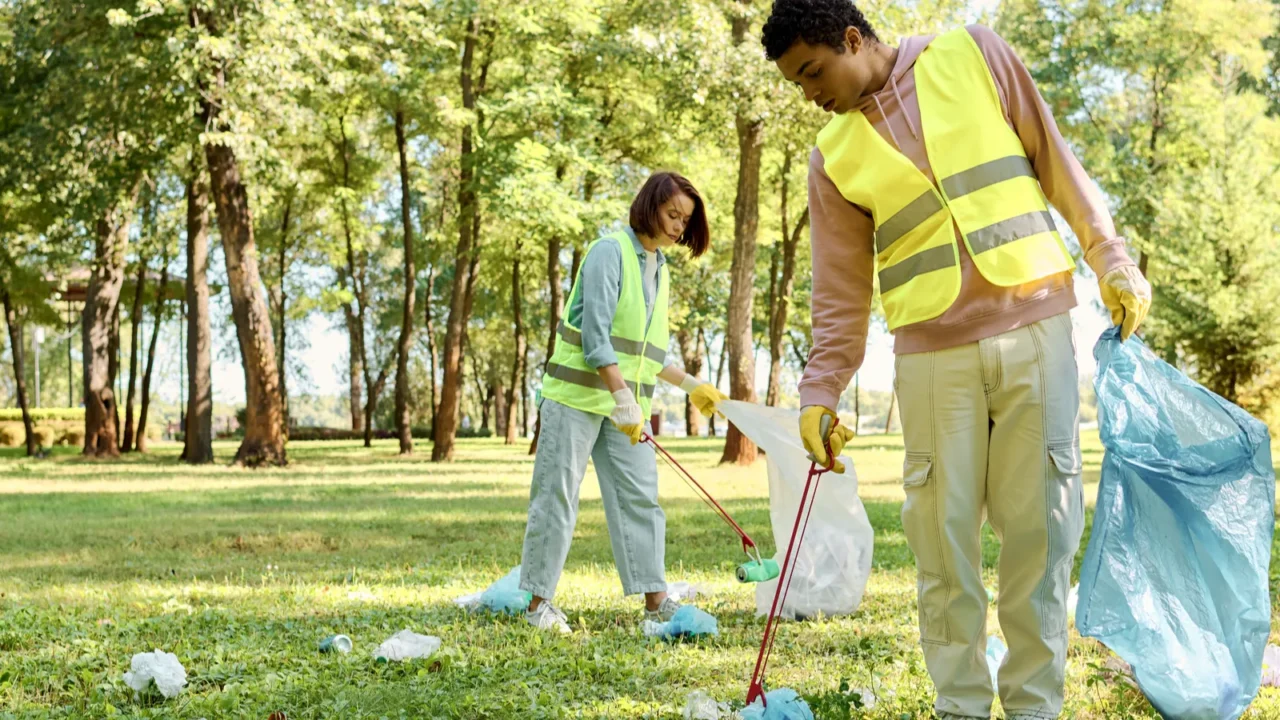
Clear Your Home’s Perimeter
Taking extra measures for home safety is always better.
Create a defensible space around your home so in case there is a wildfire it can prevent it from spreading to your property. Remove dry leaves, dead plants, and other flammable debris regularly.
Trim tree branches so they’re at least 10 feet away from your home and keep grass short. Use non-flammable landscaping materials, such as gravel or stone, near your home’s foundation.
A well-maintained perimeter acts as a buffer zone that protects your home from nearby fires.
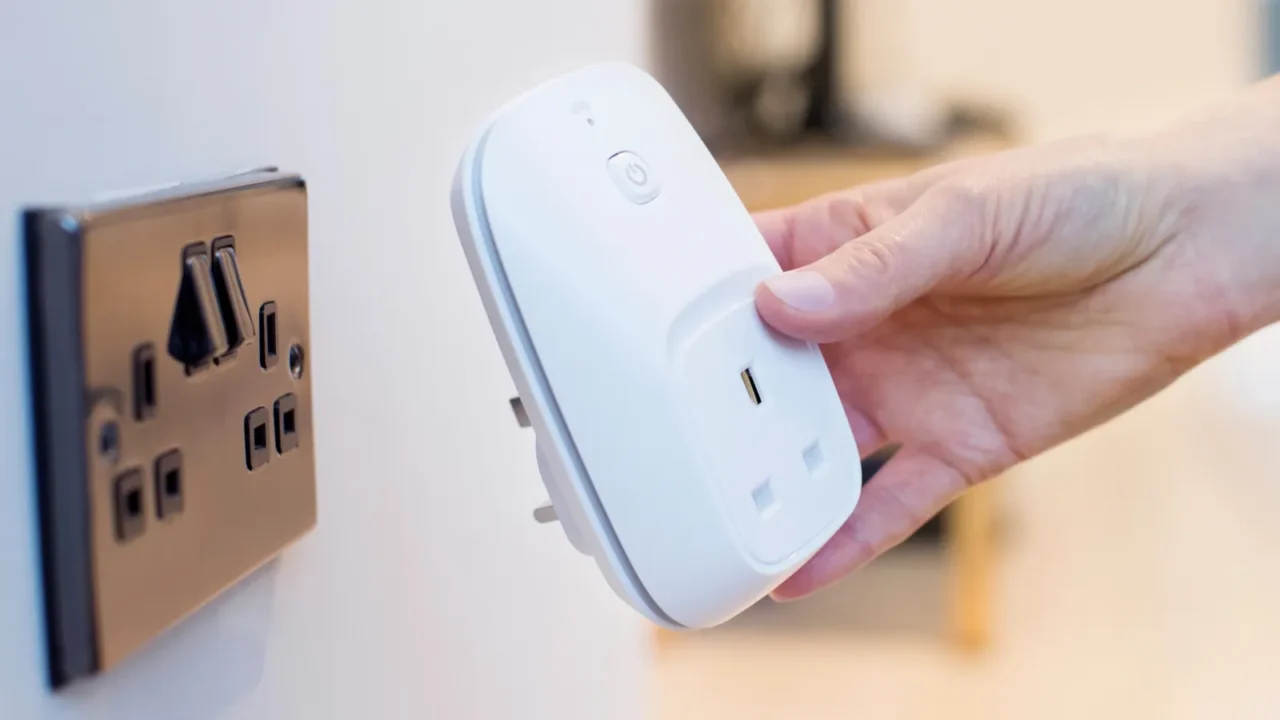
Use Smart Fire Detection Technology
Smart fire detection technology offers advanced protection for modern homes. Install smart smoke detectors that send alerts to your smartphone, even when you’re away.
Smart plugs can prevent electrical fires by cutting power to overheating devices.
These devices provide peace of mind and allow for prompt action. Plus, they help potentially prevent any major damage in the home.
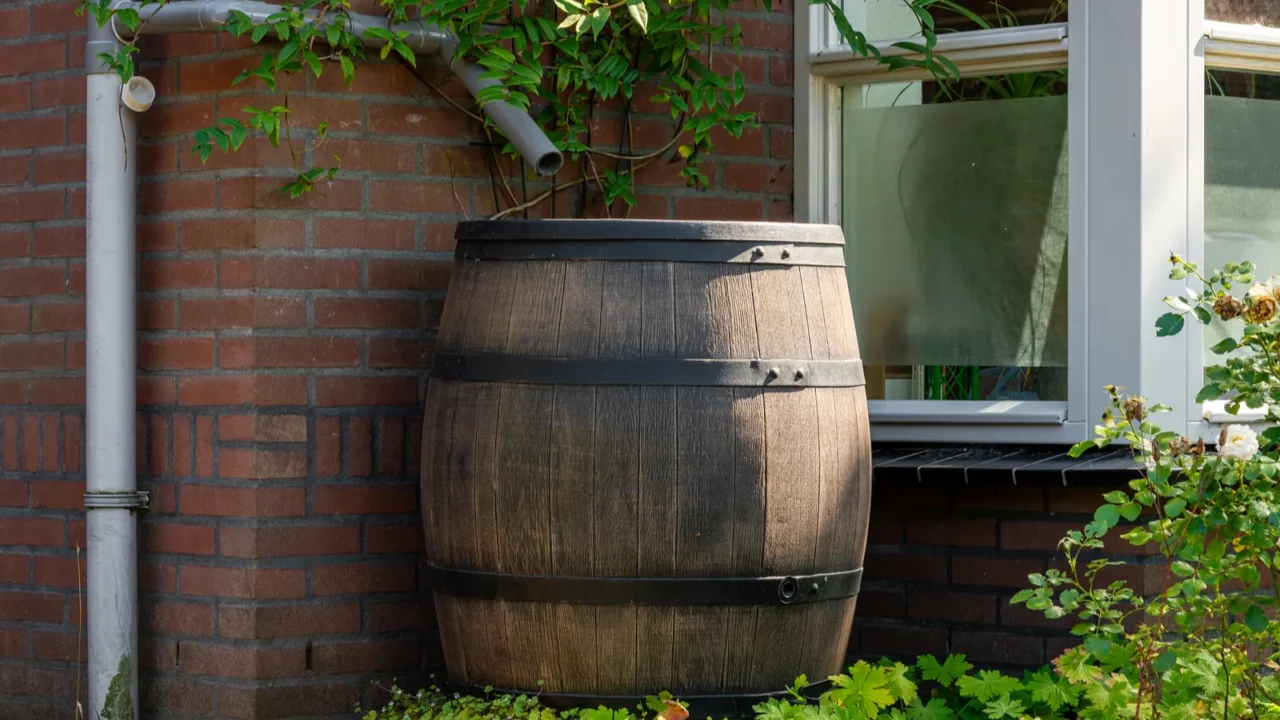
Consider a Pool, Cistern, or Rain Barrels
Having a water source on your property can be crucial during a fire emergency. A pool can serve as a backup water supply, just add a gas-powered fire pump for quick access. Rain barrels and cisterns are great for fire-prone areas, providing stored water when needed.
If installing one isn’t an option, a portable water tank offers temporary storage. While these don’t fireproof your home, they can help control flames and support firefighting efforts when resources are limited.
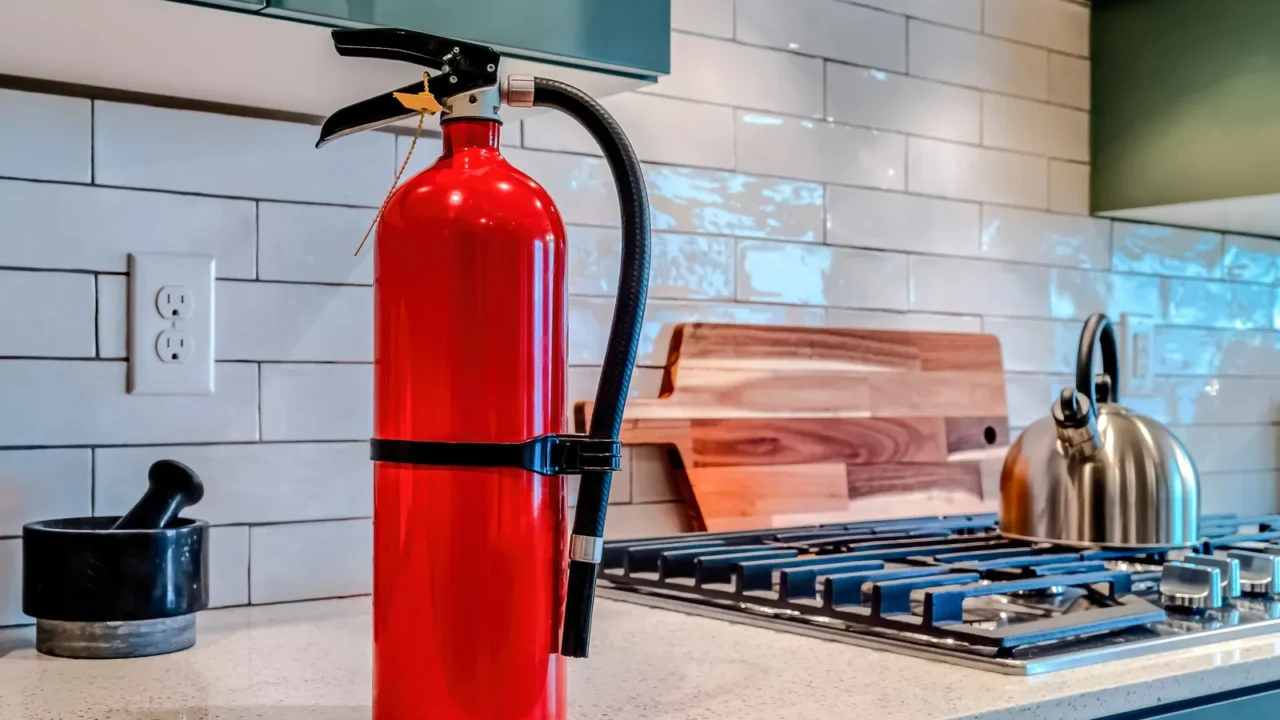
Operating a Fire Extinguisher
Everyone in your home should know how to use a fire extinguisher. Having one and not knowing how to operate can mean the difference between a small incident and a major disaster.
Remember the PASS method: Pull the pin, Aim the nozzle at the base of the fire, Squeeze the handle, and Sweep the extinguisher side to side.
Take time during the weekend and practice with your family members to ensure everyone is confident in using extinguishers. Inspect them frequently for pressure and readiness.
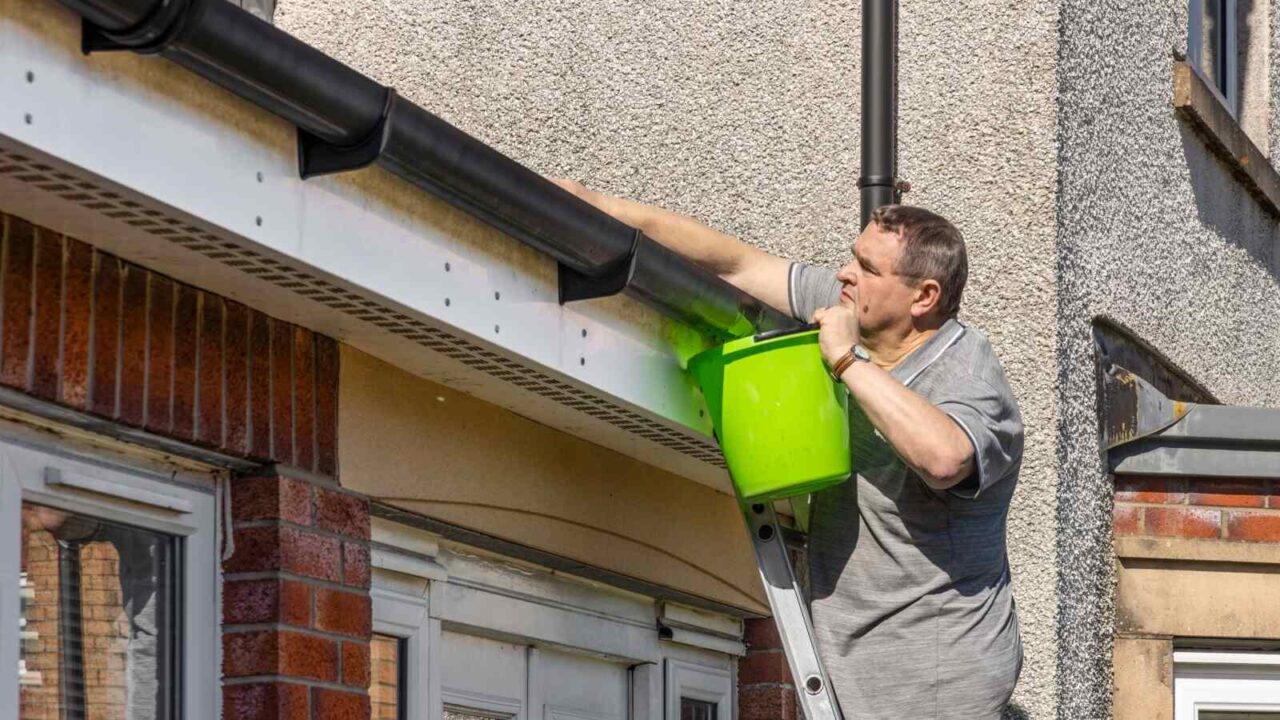
Home Hardening Steps
Protecting your home from wildfires starts with key upgrades. Use fire-resistant roofing like metal or Class A shingles, seal vents with fine mesh to block embers, and install tempered glass windows for heat resistance.
Strengthen exterior walls with non-combustible materials like stucco or brick. Keep a defensible space by clearing flammable debris and trimming trees at least 30 feet away. These steps can significantly reduce fire risks.
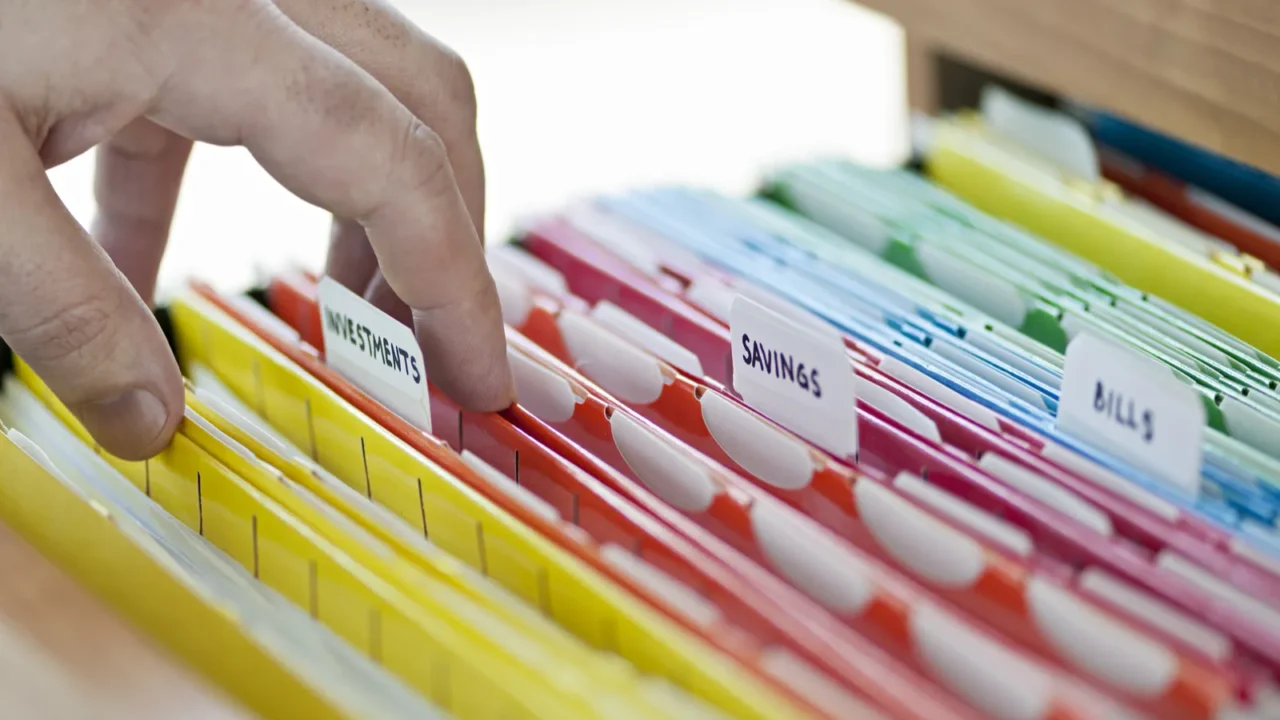
Keep Important Documents Safe
Losing important documents during a fire can be a big loss. Store essential records, such as birth certificates, passports, insurance policies, and financial documents, in a fireproof safe. Or better yet, digitize these documents and back them up to secure cloud storage.
This dual approach ensures your records remain accessible even if the originals are damaged or destroyed.

Educate Your Family
Fire safety is a family effort. Teach everyone in your home, including children, about basic fire safety practices. Show them how to stop, drop, and roll if their clothes catch fire, and ensure they know how to dial 911 during emergencies.
Regularly discuss and practice your fire escape plan to make sure everyone is prepared if anything dangerous happens. Familiarity with fire safety protocols helps your family to respond effectively in an emergency.
Knowing about other hazards that might be dangerous for your family, especially kids, can help avoid big accidents. Check out Is Your Home Safe or Hazardous for Kids?
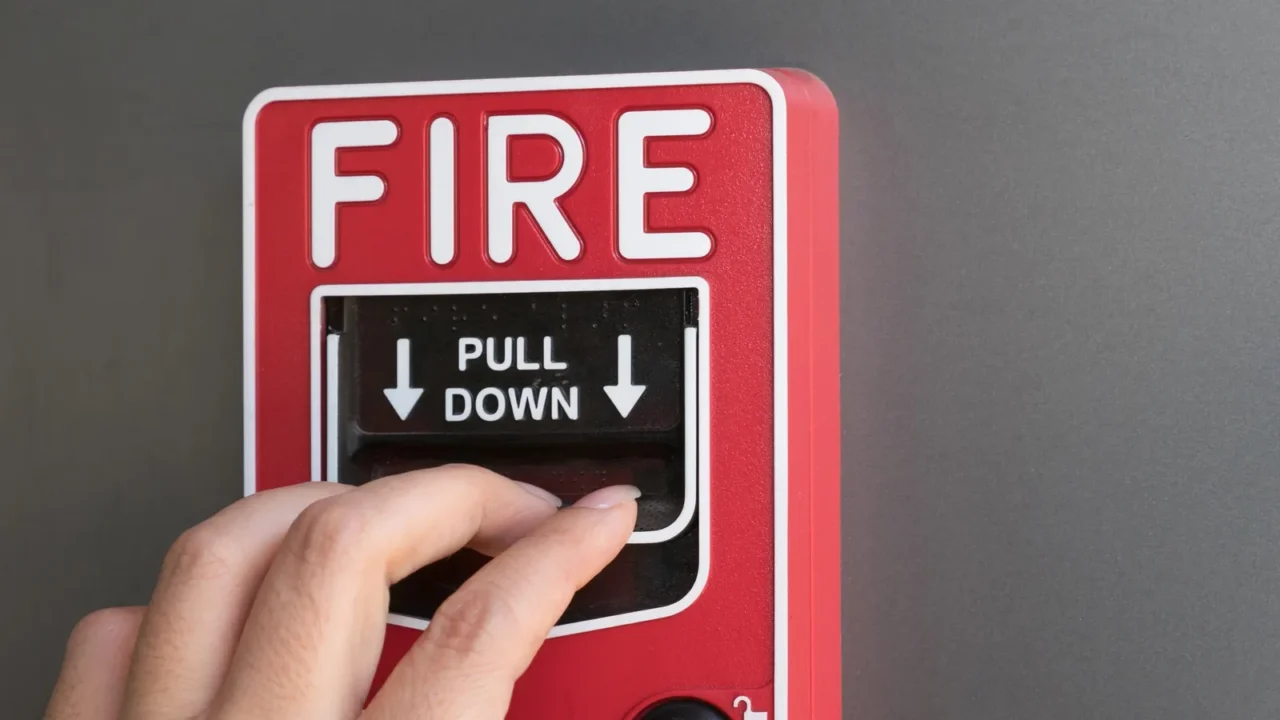
If a Fire Starts
As I said before, even with precautions sometimes danger is inevitable when the reason is outward. In such cases, reacting swiftly and safely when a fire starts can save lives.
The first step is to ensure everyone knows the golden rule: Get out, stay out, and call for help.
- Alert others: Shout “Fire!” to notify anyone in the house.
- Avoid elevators: Use stairs if you’re in a multi-story building.
- Test doors: If a door or handle feels warm, avoid opening it. Instead, use an alternate escape route.
- Stay low: Smoke rises, so crawl on the floor to avoid inhaling harmful fumes.
- If trapped: Seal gaps under doors with wet towels, call emergency services and signal for help using a flashlight or bright cloth.
- Clothing on fire? Stop, drop, and roll to extinguish flames effectively.
Once outside, head to your safe spot and call emergency services to ensure help is on the way.
Here is a simple guide on How to Establish a Home Maintenance Routine? to ensure safety throughout the year.
Read Next: